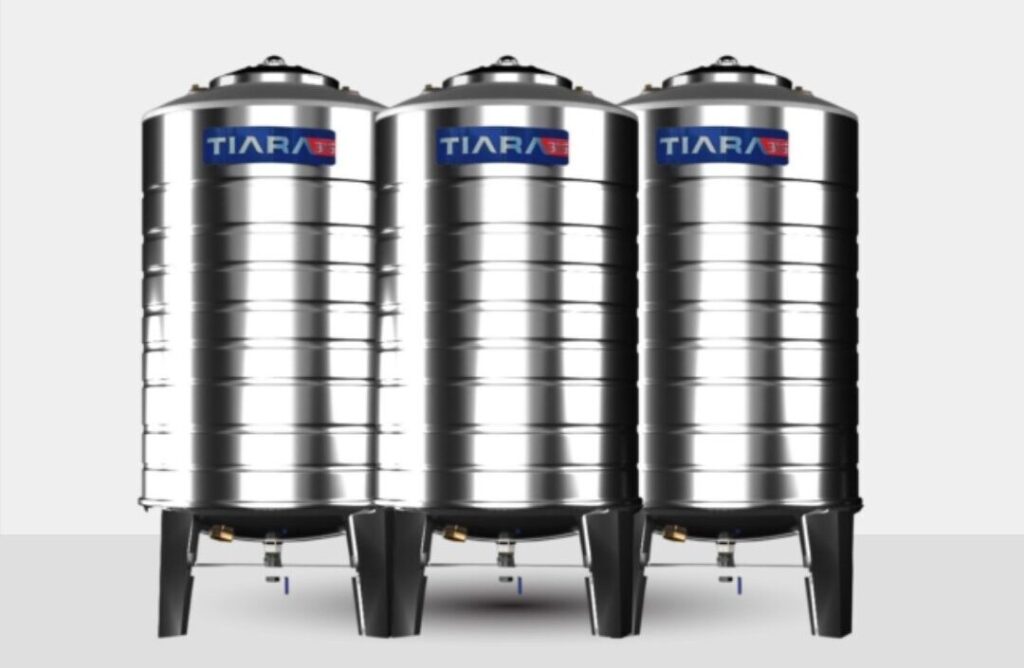
Water storage is a crucial aspect of maintaining safe and clean drinking water, especially in households and industries. The material used for storing water plays an essential role in ensuring that the water remains safe for consumption. Stainless steel water tanks have become increasingly popular due to their durability, hygiene, and ability to prevent bacterial growth. But how exactly do these tanks contribute to maintaining water quality? Let’s explore the benefits of stainless steel in preventing bacterial contamination.
Inherent Properties of Stainless Steel
Stainless steel is a corrosion-resistant material, making it an excellent choice for water tanks. Unlike plastic or other materials, stainless steel is less likely to degrade over time. Corrosion, which is a common issue with many metal tanks, creates small pits and crevices that can harbor bacteria and other microorganisms. However, stainless steel’s resistance to rust ensures that it maintains a smooth, non-porous surface that is much harder for bacteria to cling to.
Additionally, stainless steel is resistant to a wide range of chemical reactions and is impervious to the growth of most bacteria, algae, and fungi. The smooth surface of stainless steel provides minimal opportunities for biofilm development, which is a thin layer of microorganisms that can grow on surfaces in contact with water. As biofilm serves as a breeding ground for bacteria, preventing its formation is crucial for water quality.
Antibacterial Nature of Stainless Steel
One of the key reasons stainless steel is so effective in preventing bacterial growth is due to its natural antibacterial properties. The alloy is made up of elements such as chromium, nickel, and molybdenum, which form a protective layer of chromium oxide on the surface of the tank. This layer prevents the growth of harmful bacteria, viruses, and fungi by preventing oxygen and moisture from interacting with the metal surface, which would otherwise encourage microbial growth.
Studies have shown that stainless steel surfaces inhibit the growth of several types of harmful bacteria, including Escherichia coli (E. coli), Salmonella, and Listeria. These bacteria are commonly associated with waterborne diseases, which can lead to serious health problems. The antibacterial nature of stainless steel provides an added layer of protection, ensuring that the water remains uncontaminated and safe for consumption.
Ease of Cleaning and Maintenance
Stainless steel water tanks are easier to clean and maintain compared to other types of water storage containers. The smooth surface of stainless steel doesn’t allow sediments, dirt, or algae to accumulate, making it less likely for bacteria to grow. Regular cleaning of stainless steel tanks can prevent any potential build-up of contaminants, ensuring the water stays fresh and safe. Additionally, the resistance of stainless steel to high temperatures means it can be cleaned using hot water or even certain disinfectants without compromising its integrity.
Durability and Longevity
Stainless steel tanks are incredibly durable, which means they have a longer lifespan than tanks made from other materials. This long lifespan contributes to sustained hygiene over time. Tanks that degrade or corrode over time can create environments conducive to bacterial growth, but stainless steel tanks remain robust and free from cracks or holes that could harbor pathogens.
Conclusion
Stainless steel water tanks are highly effective in preventing bacterial growth due to their corrosion resistance, smooth surface, and natural antibacterial properties. By offering an environment that is difficult for bacteria to thrive in, these tanks help maintain the purity of water and reduce the risk of waterborne diseases. Moreover, their durability and ease of maintenance make them a reliable choice for long-term water storage. For anyone concerned about water hygiene and safety, stainless steel tanks offer an ideal solution.


